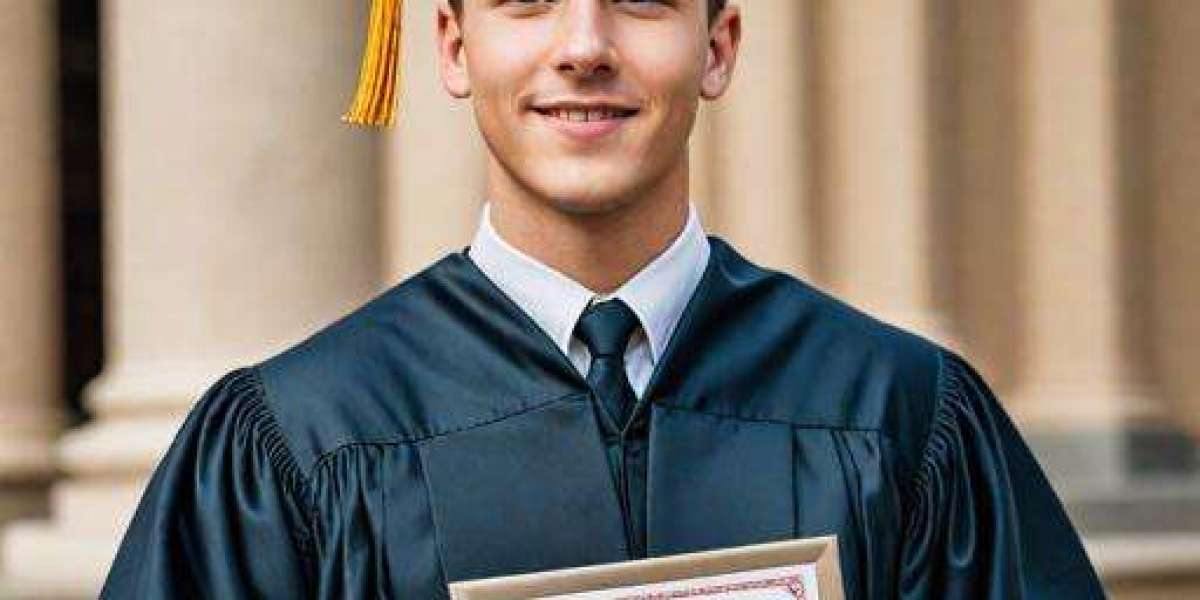WHAT IS CUSTOMS CLEARANCE?
Customs clearance refers to the act of declaring goods to the Customs Authorities while entering or exiting a country. It can be done by an individual or by a business concern. All types of goods are subject to customs clearance, whether pertaining to Import or Export, Personal Effects, or Commercial Shipments.
Customs clearance is carried out to ensure that all applicable customs duties and taxes have been paid and that the contents of this shipment are in compliance with all regulations. This may involve providing information on the shipment, such as value, origin, destination, and contents.
Businesses or any single entity may be requested to provide supporting documents like invoices or bills of lading as well. After the customs officers permit the clearance of the shipment, they can proceed and then release it for delivery.
CUSTOMS CLEARANCE PROCESS
The following is the customs clearance process.
INSPECTION OF DOCUMENTS
The shipments that arrive at a United States port of entry are inspected by United States Customs and Border Protection. Officers belonging to the CBP government agency check the set of documents that come along with every shipment in order to verify that all information is complete and accurate. Some of the most commonly required documents to make a shipment clear are:
• Proof of insurance
• Invoice—Not applicable in the case when a commercial sample is less than $25 in value.
• Port spending, when applicable
• A packing list
• Certificate of origin, when applicable
• Air waybill, inland bill of lading, through bill of lading, and ocean bill of lading
• Pre-shipment inspection certificate, when applicable
• Transportation invoice
TAX AND DUTY PAYMENT
In the event that your shipment has been inspected and all required import documentation has been filed, you'll need to pay any taxes or duties owed on the goods prior to Customs releasing them for delivery. The amount of tax and duty owed depends on a number of factors, including the type of goods you are importing and their declared value, under the applicable customs laws.
SHIPMENT RELEASE
The goods are released from a warehouse where they have been held after Customs inspects and values them. The procedures of release will vary, depending on the type of goods imported, but generally involve payment of the proper customs duty or tax owed. After the completion of the release papers, the importer is free to take possession of the goods and move them to their final destination.
Conditional release: sometimes goods are released upon certain conditions that would be met before movement off-site. For instance, certain toxic chemicals would be packaged and labeled in a specific way before release from customs. All in all, the process of customs clearance is an assurance that all goods being imported comply with the applicable regulations before entry into the domestic market.
HOW TO SUCCESSFULLY NAVIGATE CUSTOMS CLEARANCE
This is how to navigate customs clearance successfully.
ENSURE DOCUMENTATION IS ACCURATE
Customs clearance can get complicated and may require a very long time, mainly if you are not very conversant with the regulations and procedures. Therefore, one of the most critical things you can do to achieve a successful outcome is to ensure that all of your documentation is accurate.
Ensuring accuracy means that all items in your shipment are listed correctly and that the value has been stated correctly. Inconsistencies between your documentation and the actual shipment contents likely result in a hold-up of your shipment as Customs officials investigate.
In such cases, inaccuracies that are considered of a high degree may even be refused shipments outright. It is, therefore, very important that lots of care should be taken while filling out your documentation to avoid delays or problems with customs clearance.








